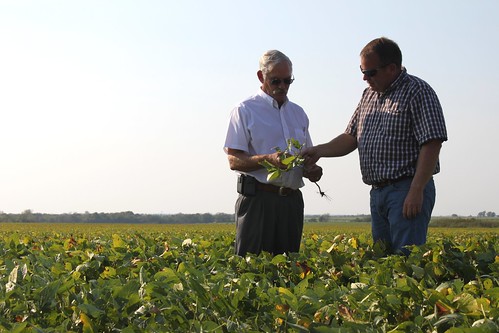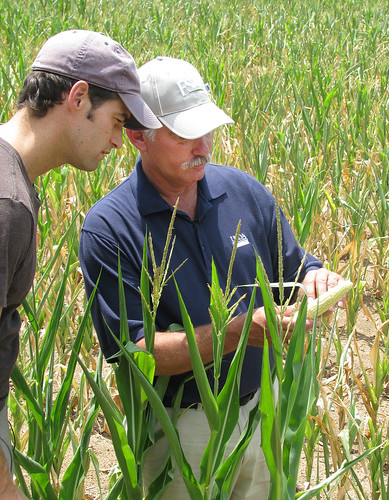
This is the final post of the weekly disaster assistance program feature series on the USDA blog.
For the past few weeks we’ve shared stories of how the farmers and ranchers across the country have been helped by disaster assistance programs restored by the 2014 Farm Bill. These USDA programs are helping thousands of producers and their families recover from natural disasters.
These amazing stories of strength and courage show the resilience of the men and women who feed and clothe more than 313 million Americans and billions of people worldwide. Despite uncontrollable setbacks caused by drought, snowstorms, tornadoes and other natural disasters, American farmers, ranchers and their children persevered beyond measure. I’m honored to be part of an agency that works for and with such amazing people.
From the time sign-up began for the disaster assistance programs back in April, our goal has been to get the program up and running quickly to meet the needs of farmers and ranchers who suffered through two and a half difficult years with no assistance because the programs were awaiting Congressional action.
We implemented the programs in a record 60 days, and within the first week of enrollment we received more than 10,000 applications. That was back in April. As of June 19, we’ve received over 146,000 applications and have paid out more than $880 million to producers devastated by severe losses.
But that’s not the amazing part. The stories of how this assistance is benefitting producers and helping their operations thrive again are a testament to their importance. Grain bins destroyed by tornadoes are being rebuilt, ranching operations that paid out thousands of dollars for high-priced hay and feed because drought destroyed their pastures are now able to breathe easier, and producers who lost more than 70 percent of their cow/calf operation when an unprecedented snowstorm hit their area are now able to restore their herds.
These are just a few examples of how these programs have made a difference. Depending on the size and type of farm or ranch operation, eligible producers can still enroll in one of the four Farm Service Agency (FSA) administered programs. The Livestock Forage Disaster Program (LFP), and the Livestock Indemnity Program (LIP) provides payments to eligible producers for livestock deaths and grazing losses that have occurred since the expiration of the livestock disaster assistance programs in 2011, and including calendar years 2012, 2013, and 2014. The Emergency Assistance for Livestock, Honeybees, and Farm-Raised Fish Program (ELAP) provides emergency assistance to eligible producers of livestock, honeybees and farm-raised fish that have suffered losses because of disease, severe weather, blizzards and wildfires. The Tree Assistance Program (TAP) provides financial assistance to qualifying orchardists and nursery tree growers to replant or rehabilitate trees, bushes and vines damaged by natural. These programs have brought producers back to where they are able to move forward instead of playing catch-up.
Applications are still being submitted in more than 2,000 county offices across the country for all four programs. ELAP sign-up ends Aug. 1, for the 2012 and 2013 losses. LIP and LFP deadlines for 2012, 2013 and 2014 losses are Jan. 30, 2015. Farmers and ranchers impacted by natural disasters should contact their FSA county office to make an appointment and learn if they are eligible for disaster assistance.

